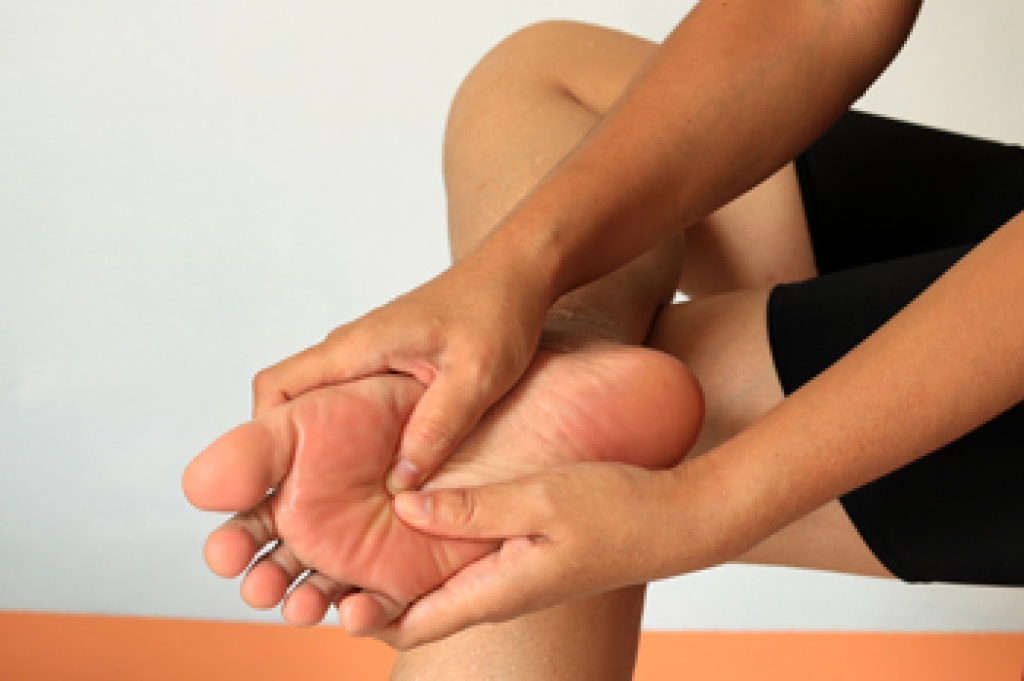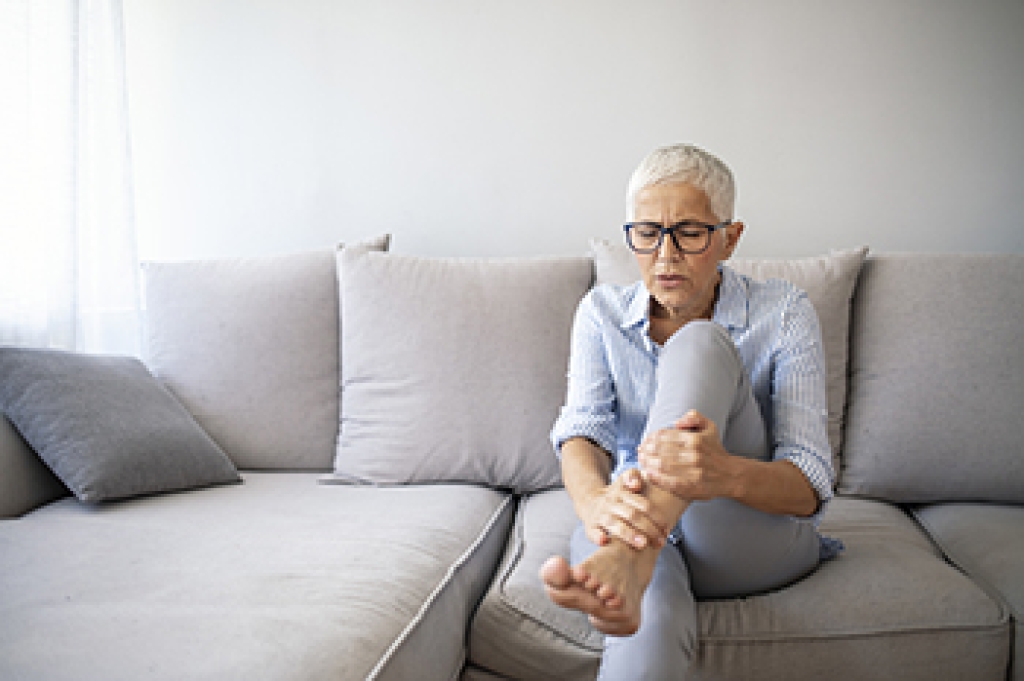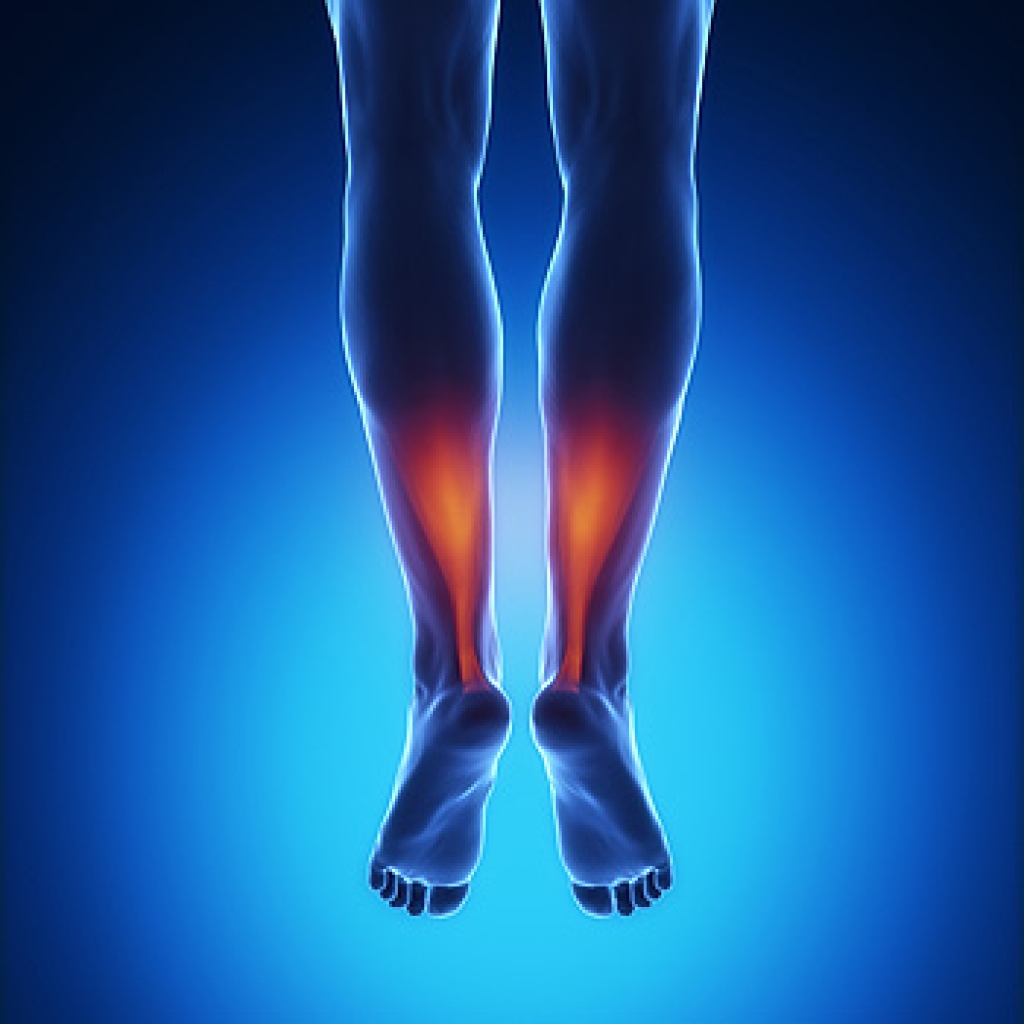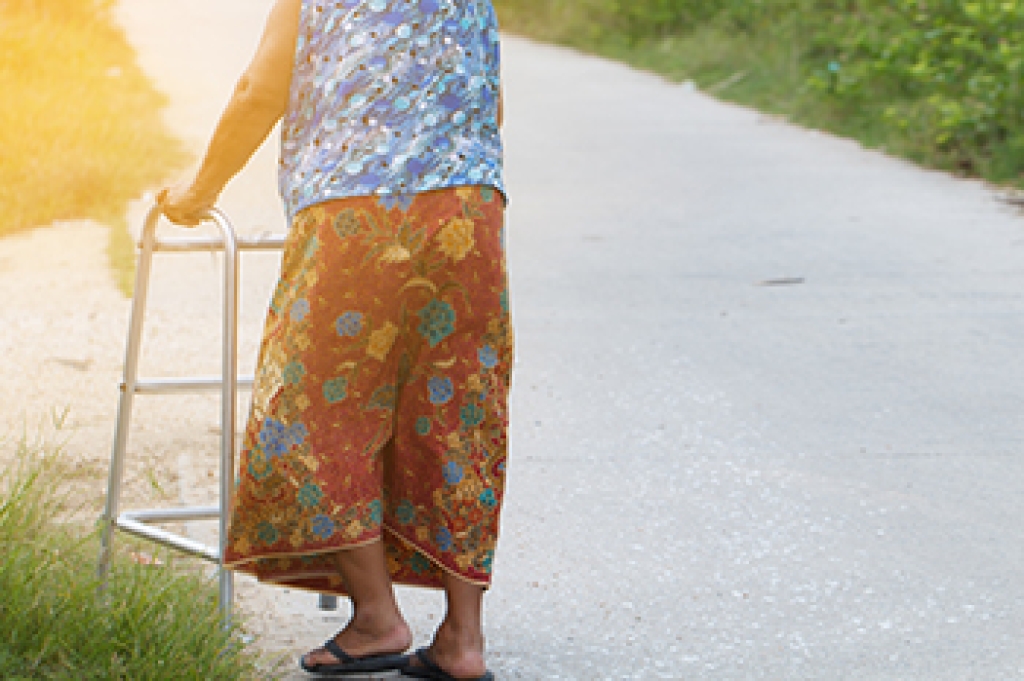
Anyone who experiences pain in the ball of the foot, knows how it can affect the quality of life. This condition, known as metatarsalgia, is often the result of too much running, calluses under the midfoot, or a bunion or other malformation that throws off the gait. These can result in increased pressure on the metatarsals (the long bones of the foot that connect the toe and ankle bones). They become bruised and sore. One way to help ease the pain is bathe your foot in epsom salts and warm water for ten to twelve minutes. Another is to ice the area, being sure to cover the foot before applying an ice pack. Other self-help methods are to treat yourself to a foot massage and embark on a regime of simple foot exercises. One very important way to reduce metatarsal pain is to stop doing things that contribute to it or make it worse. Give up the high-heeled and pointy-toed shoes, because they not only force more pressure onto the ball of the foot, but also can cause a number of other foot maladies, such as bunions, hammertoes, corns or calluses, to develop. If the pain in the ball of your foot continues, or worsens, it is suggested that you see a podiatrist who can diagnose the specific problem and inform you of further treatment options.
Foot Pain
Foot pain can be extremely painful and debilitating. If you have a foot pain, consult with one of our podiatrists from Carolina Foot & Ankle Specialists. Our doctors will assess your condition and provide you with quality foot and ankle treatment.
Causes
Foot pain is a very broad condition that could be caused by one or more ailments. The most common include:
- Bunions
- Hammertoes
- Plantar Fasciitis
- Bone Spurs
- Corns
- Tarsal Tunnel Syndrome
- Ingrown Toenails
- Arthritis (such as Gout, Rheumatoid, and Osteoarthritis)
- Flat Feet
- Injury (from stress fractures, broken toe, foot, ankle, Achilles tendon ruptures, and sprains)
- And more
Diagnosis
To figure out the cause of foot pain, podiatrists utilize several different methods. This can range from simple visual inspections and sensation tests to X-rays and MRI scans. Prior medical history, family medical history, and any recent physical traumatic events will all be taken into consideration for a proper diagnosis.
Treatment
Treatment depends upon the cause of the foot pain. Whether it is resting, staying off the foot, or having surgery; podiatrists have a number of treatment options available for foot pain.
If you have any questions, please feel free to contact our offices located in Mount Pleasant and Charleston, SC . We offer the newest diagnostic and treatment technologies for all your foot care needs.






